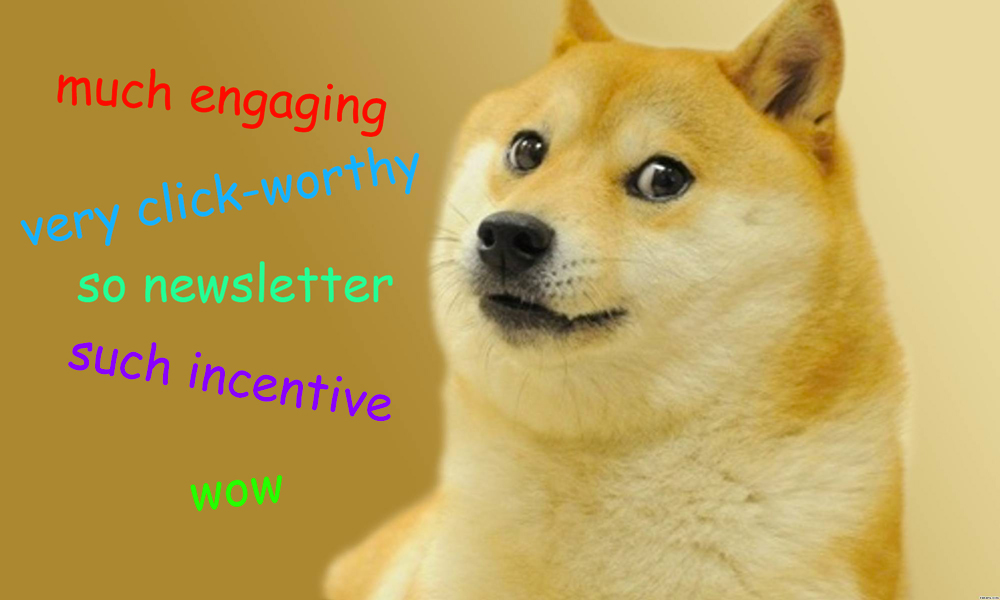How to create an email newsletter people actually read
Newsletters are traditionally the best way to keep an audience or community informed with the latest scoop of what’s been happening with your company or department.
If you’re a regular internet user with an email account, then it’s likely that you will be subscribed to a few email newsletters. If you’ve ever registered an account with an ecommerce website or purchased something online, then you may find that you are also subscribed to their newsletter, whether you wanted to or not.
More commonly, newsletters are very regularly posted out by huge ecommerce corporations sharing the latest deals they have. More and more users are finding newsletters to be a source of spam and are tuning out from what you have to say.
So, how do you create an email newsletter than people genuinely want to read?
Don’t just talk about yourself
Most newsletters are self-promotional and contain mostly information about a company’s products, recent company news, client success stories and other stuff that readers really don’t care about.
This ranges from boring quarter reports, to in-office banter.
People are always tuned into “what’s in it for me?” Instead, why not send your subscribers interesting articles about industry trends and links to free resources that will help them?
Give your customer a reason to come back to your newsletter as a golden resource for information
In other words, stop talking about yourself and cater your fans.

Don’t overcrowd your newsletter with content
A popular internet phrase that I tend to utter on a daily basis is “too long; didn’t read”. Personally, I’m an internet user with a small attention span and if the content of your email resembles a wall of text, I’m going to see that more as a chore than an engaging read.
To assure your email is uncluttered, keep your copy concise and give it plenty of white space so your copy has room to breathe.
Concise copy is important. You want to get straight to the point so your subscriber isn’t spending their whole day reading through your email newsletter. That would just be cruel. Get straight to the crux of the matter so the reader gets a taste of what you’re saying and is then inclined to read more.
White space is key in email newsletters because it helps visually alleviate the cluttered feel, and on mobile, makes it much easier for people to click the right link.

Keep it personal
Social media newsfeeds are being over-saturated with impersonal, egotistical content. Take advantage of this gap and drop a personalised newsletter into your subscribers inbox so they feel like a valued subscriber.
Keep the narrative of your newsletter open as a direct communication to the person on the other end opening the email.
After all, sending a friend or family member a physical letter is much more personal than commenting on their latest Facebook status.

Make your email subject line engaging
Even if someone signs up for your emails, there’s no guarantee that they will open them once they get them in their inbox. Many marketers try increasing familiarity with their subscribers by keeping the subject line the same each day, week, or month that they send it.
But let’s face it, those subject lines get old for subscribers really fast. Why? Because there’s no incentive from the subject line to click on that specific email right this instant. Always keep in mind that the user is thinking “what’s in it for me?”.
A better approach would be to try to have a different, creative, engaging subject line for each newsletter you send.

If you need help with your email newsletter subject lines, check out this secret recipe.
If you enjoyed this blog post and you’re looking to learn more about newsletters, then I highly recommend checking out HubSpot’s “How to create email newsletters that don’t suck”.
Remember, the user is always thinking “what’s in it for me?”.